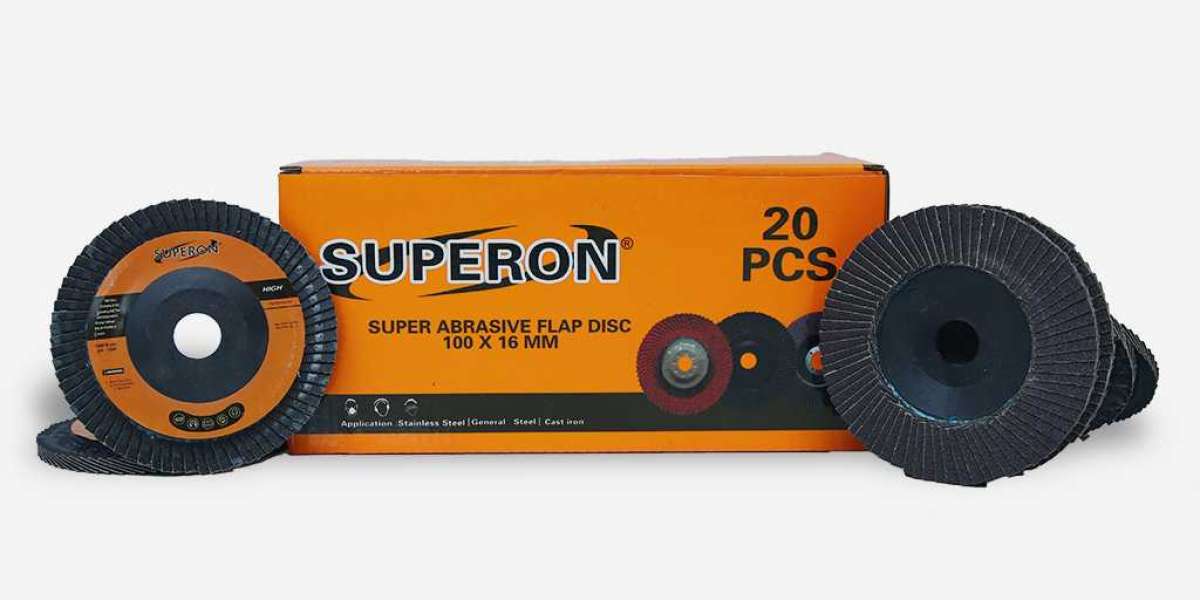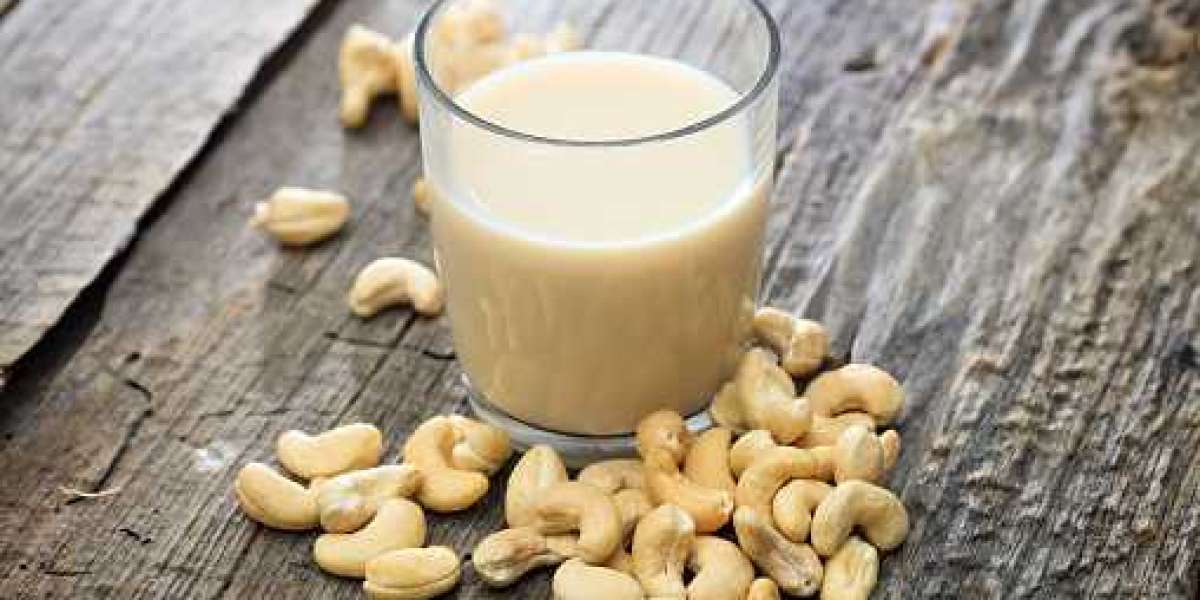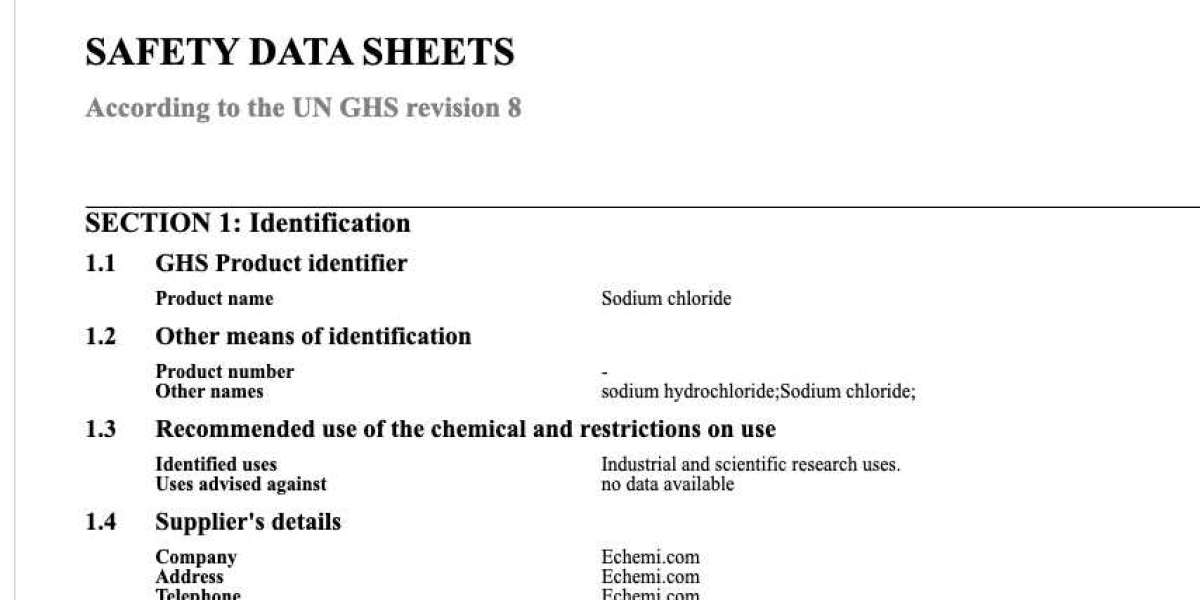Achieving the perfect surface finish while effectively removing stock material requires the right tools. Among the most versatile and efficient abrasive tools available today is the High-performance flap disc for metal grinding. Whether you're smoothing welds, deburring sharp edges, or preparing surfaces for coating, understanding the capabilities of a high-quality flap disc is crucial. This comprehensive guide explores the world of flap discs, highlighting their benefits, applications, and why choosing a premium supplier like Superon Technik can make all the difference.
What Exactly is a Flap Disc? Unpacking the Abrasive Powerhouse
So, what sets a flap disc apart from other abrasive tools? At its core, a flap disc is an abrasive disc made from overlapping pieces of abrasive material, known as "flaps," adhered radially to a central hub or backing plate. Imagine numerous small pieces of sandpaper arranged in a fan-like pattern.
The construction typically involves:
- Abrasive Flaps: These are rectangular pieces of coated abrasive cloth (like sandpaper). The abrasive grain type (e.g., Aluminum Oxide, Zirconia Alumina, Ceramic Alumina), grit size, and density of these flaps determine the disc's cutting performance and finish.
- Adhesive: A strong bonding agent holds the abrasive grains onto the cloth backing and secures the flaps to the backing plate. The quality of the adhesive is vital for the flap disc's durability and safety.
- Backing Plate: This provides structural support and allows the flap disc to be mounted onto an angle grinder. Backing plates are commonly made from fiberglass, plastic, or occasionally metal, each offering different characteristics in terms of rigidity, durability, and cost.
This unique overlapping design is the key to the flap disc's effectiveness.
How Does a Flap Disc Achieve Superior Results?
The magic of the flap disc lies in its wear mechanism. As the outer layer of abrasive grains on the flaps wears down during use, the underlying layer of fresh, sharp grains is exposed. This continuous renewal of the cutting surface ensures a consistent grinding rate and finish throughout the flap disc's lifespan.
Unlike traditional grinding wheels that can load up (clog) or require dressing, a flap disc essentially self-sharpens. The overlapping flaps also provide a cushioning effect, leading to smoother operation, less vibration, and greater operator comfort compared to hard grinding wheels. This design allows a single flap disc to perform tasks that might otherwise require multiple steps with different abrasives – effectively grinding (stock removal) and finishing (blending, smoothing) simultaneously.
Key Advantages: Why Choose a Flap Disc for Your Application?
Compared to traditional grinding wheels or fiber sanding discs, flap discs offer a compelling set of benefits, making them a preferred choice for many professionals:
- Dual Action Efficiency: The standout feature is the ability to both grind down material and provide a smooth finish in one go. This saves time, reduces the need to switch discs, and streamlines workflow. A single flap disc can replace both a grinding wheel and a sanding disc for many tasks.
- Cooler Grinding: The flap design promotes airflow, which helps dissipate heat during grinding. This reduces the risk of workpiece discoloration or heat damage, especially important when working with heat-sensitive materials like stainless steel.
- Smoother Finish Less Vibration: The cushioned effect of the overlapping flaps results in a smoother grinding action and significantly less vibration transmitted to the operator. This improves control, reduces fatigue, and contributes to a finer surface finish compared to rigid grinding wheels.
- Longer Lifespan: Due to the layered flap construction and self-sharpening effect, a quality flap disc often outlasts conventional fiber discs significantly, offering better value over time.
- Ease of Use: Flap discs are generally more forgiving than hard grinding wheels, requiring less operator skill to achieve good results. Their lighter weight and reduced vibration make them easier to handle for extended periods.
- Versatility: A single flap disc can be used on a variety of materials, including steel, stainless steel, aluminum, and other non-ferrous metals, depending on the abrasive grain type.
Exploring the Different Types of Flap Discs Available
Not all flap discs are created equal. Choosing the right one depends heavily on the application, the material being worked on, and the desired outcome. Key variations include:
- Abrasive Grain Material:
- Aluminum Oxide (AO): The most common and economical option. Ideal for general-purpose grinding and finishing on ferrous metals (steel, iron) and softer materials. Offers a good balance of cut rate and lifespan for lighter tasks.
- Zirconia Alumina (Zirc/ZA): A tougher, more durable grain than AO. Excellent for aggressive stock removal on steel, stainless steel, and cast iron. The grains fracture under pressure, creating new sharp edges (friability), leading to a longer life and faster cut rate under medium to high pressure. A workhorse flap disc for many metal fab shops.
- Ceramic Alumina (Ceramic/CA): The premium choice, offering the longest life and fastest cut rate. Ceramic grains are extremely hard and feature advanced micro-fracturing properties. They excel in demanding applications on steel, stainless steel, and harder alloys, especially under high pressure. While having a higher initial cost, a ceramic flap disc often provides the lowest overall cost per grind due to its longevity and speed. Superon Technik often provides high-performance ceramic options.
- Grit Size:
- Coarse (e.g., 36, 40 Grit): Designed for heavy stock removal, weld grinding, and aggressive deburring. Leaves a rougher finish.
- Medium (e.g., 60, 80 Grit): A versatile choice offering a balance between stock removal and finish. Suitable for blending welds, light deburring, and surface preparation. The most popular grit range for a flap disc.
- Fine (e.g., 100, 120 Grit): Used primarily for finishing, blending, cleaning, and achieving a smooth surface prior to painting or coating. Removes less material.
- Shape / Type:
- Type 27 (T27): Flat profile. Best suited for finishing and blending on flat surfaces. The flat shape allows for smooth, even contact.
- Type 29 (T29): Conical or angled profile (typically 10-15 degrees). The angle allows for more aggressive stock removal on flat surfaces and is excellent for working on contours, curves, and edges. The design allows greater surface contact during grinding at an angle. This is often the preferred shape for a general-purpose flap disc.
- Backing Plate Material:
- Fiberglass: Most common. Offers good rigidity, durability, and vibration absorption. Designed to wear away with the abrasive flaps.
- Plastic (Nylon): Can offer more conformability and may be trimmable on some designs, potentially extending disc life. Can be less rigid than fiberglass.
- Metal: Less common, typically aluminum. Offers maximum rigidity and durability but adds weight and cost.
Common Applications: Where Does a Flap Disc Shine?
The versatility of the flap disc means it finds use in countless applications across various industries:
- Weld Grinding and Blending: Smoothing down weld beads for a seamless finish.
- Deburring: Removing sharp edges and burrs left after cutting or machining.
- Rust and Paint Removal: Cleaning surfaces efficiently.
- Surface Preparation: Creating the right surface profile for painting, coating, or further finishing steps.
- Edge Chamfering/Grinding: Beveling edges quickly and easily.
- Stock Removal: Although not as aggressive as dedicated grinding wheels, flap discs (especially Zirconia and Ceramic) are effective for moderate stock removal.
- Finishing and Polishing: Progressing through finer grit flap discs can achieve smooth, pre-polish finishes.
Choosing the Right Flap Disc: A Superon Technik Perspective
Selecting the optimal flap disc requires considering several factors:
- Material: Match the abrasive grain to the workpiece material (AO for general steel, Zirc/Ceramic for stainless/harder metals).
- Application: Heavy stock removal (Coarse Grit, T29), general purpose/blending (Medium Grit, T27/T29), or finishing (Fine Grit, T27)?
- Tool: Ensure the flap disc diameter and arbor size match your angle grinder. Check the grinder's RPM rating against the maximum safe RPM listed on the disc.
- Desired Finish: Coarser grits leave a rougher finish; finer grits leave a smoother finish.
- Cost vs. Performance: While AO discs are cheaper initially, Zirconia or Ceramic flap discs from a quality supplier like Superon Technik often provide better value due to longer life and faster work rates, reducing downtime and overall cost.
Superon Technik understands these nuances and can guide customers towards the most effective flap disc solution for their specific needs, ensuring optimal performance and cost-efficiency.
Tips for Safe and Effective Flap Disc Usage
Safety should always be the top priority when using any power tool or abrasive.
- Wear Proper PPE: Always wear safety glasses or a face shield, gloves, hearing protection, and respiratory protection.
- Inspect the Disc: Before mounting, check the flap disc for any damage (cracks, chips, missing flaps). Never use a damaged disc.
- Mount Correctly: Ensure the disc is properly seated on the grinder's flange and the guard is in place.
- Observe Max RPM: Never exceed the maximum safe operating speed marked on the flap disc.
- Use the Correct Angle: For T29 discs, a 10-25 degree angle to the workpiece is usually optimal for grinding. For T27 discs, a shallower angle (0-15 degrees) is better for finishing.
- Apply Appropriate Pressure: Let the flap disc do the work. Excessive pressure can lead to premature wear, overheating, and reduced control. Listen to the sound of the grinder.
- Use the Grinder Guard: Always keep the angle grinder's safety guard in place.
- Secure the Workpiece: Ensure the material being worked on is firmly clamped or secured.
Superon Technik: Your Partner for Premium Flap Disc Solutions
In a market flooded with options, choosing a supplier committed to quality, performance, and consistency is vital. Superon Technik stands out as a provider of high-quality abrasive solutions, including a comprehensive range of flap discs.
Why partner with Superon Technik for your flap disc needs?
- Quality Materials: Superon Technik utilizes high-grade abrasive grains and durable backing materials, ensuring reliable performance and longevity.
- Consistent Performance: Rigorous quality control processes mean you can expect consistent results from every Superon Technik flap disc.
- Wide Range: Offering various sizes, grits, abrasive types (including high-performance Zirconia and Ceramic options), and shapes to meet diverse application requirements.
- Expertise: With experience in the abrasives industry, Superon Technik can provide valuable technical support and recommendations.
- Value: Focusing on delivering flap discs that offer an excellent balance of performance, lifespan, and cost-effectiveness, ultimately saving users time and money.
Conclusion: Embrace the Efficiency of the Modern Flap Disc
The flap disc has earned its place as an indispensable tool in metalworking and finishing. Its unique ability to combine stock removal with finishing, coupled with its ease of use, cooler operation, and long life, makes it a highly efficient and cost-effective abrasive solution. By understanding the different types available and choosing the right Best abrasive flap disc for professionals for the job – supported by a quality-focused supplier like Superon Technik – professionals can significantly enhance their productivity, improve workpiece quality, and achieve superior results consistently. Make the switch or upgrade your current flap disc choice and experience the difference quality abrasives can make.



